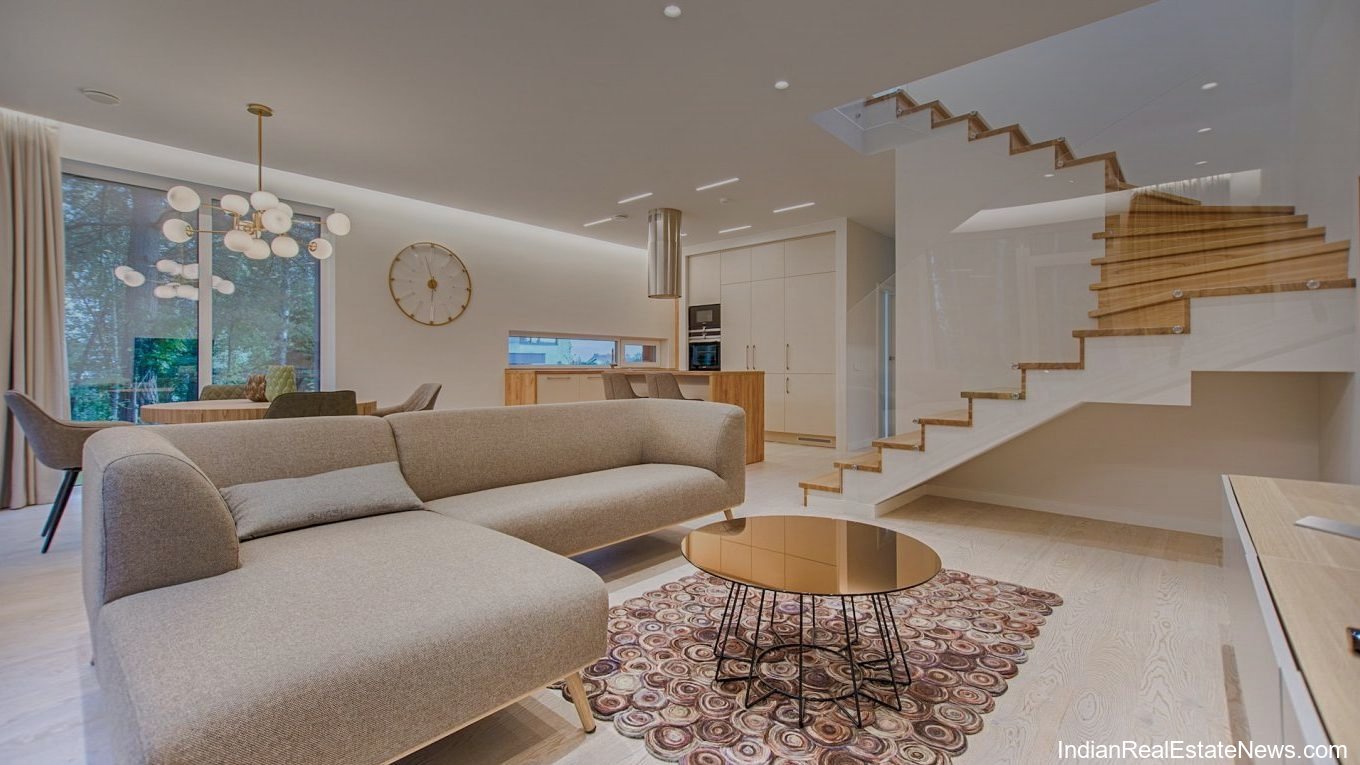As India’s urban landscape continues to evolve, duplex houses have emerged as a popular residential choice among homebuyers. Combining the allure of a single-family home with the space-efficiency of a multi-unit building, duplexes offer a unique blend of benefits. But what exactly constitutes a duplex house, and what are the types, advantages, and potential drawbacks associated with them?
What is a Duplex House?
A duplex house is a residential building consisting of two separate living units within the same structure, typically sharing a common wall. Each unit has its own entryway, kitchen, and living spaces, offering the feel of a standalone home while being part of a larger structure.
Types of Duplex Houses
- Side-by-Side Duplex: Units are built adjacent to each other, sharing a common wall.
- Stacked Duplex: One unit is located above the other, often resembling a multi-story apartment.
- Back-to-Back Duplex: Units share a back wall, providing privacy and distinct entrances.
Pros of Duplex Houses
Duplex houses offer numerous advantages that make them appealing to a variety of homeowners and investors.
- Rental Income Potential: Owners can live in one unit and rent out the other, generating supplemental income.
- Cost Efficiency: Building costs for duplexes can be lower per unit compared to standalone homes, making them a cost-effective choice.
- Space Utilization: Duplexes maximize land use, providing spacious living areas without requiring large plots.
- Community Living: Ideal for extended families wishing to live close yet maintain their privacy.
“Duplex homes are a smart investment for families who wish to stay connected yet enjoy their own space,” says Rajesh Mehta, a leading real estate consultant in Mumbai.
Cons of Duplex Houses
Despite their benefits, duplexes come with certain challenges that potential buyers should consider.
- Privacy Concerns: Shared walls might lead to noise disturbances between units.
- Maintenance Responsibilities: Owners must manage the upkeep of two units, which can be demanding.
- Resale Complexity: Selling a duplex can be more complicated than a single-family home, particularly if only one unit is occupied.
“While duplexes offer great returns, potential buyers should weigh the maintenance and privacy factors,” advises Sneha Kapoor, a real estate analyst.
Quick Facts about Duplex Houses
| Feature | Details |
|---|---|
| Structure | Two units within one building |
| Common Types | Side-by-Side, Stacked, Back-to-Back |
| Investment Benefit | Potential rental income |
| Main Drawback | Privacy and maintenance issues |
FAQs about Duplex Houses in India
Q1. What is the main difference between a duplex and a villa?
A duplex consists of two separate units within one building, while a villa is typically a standalone, single-family residence.
Q2. Can duplex houses be converted into single-family homes?
In some cases, with appropriate renovations and permissions, duplexes can be converted into single-family homes, but it depends on local zoning laws.
Q3. Are duplex houses a good investment in India?
Yes, they can be a lucrative investment due to rental income potential and efficient land use.
Q4. How do duplexes compare in terms of cost with apartments?
Duplexes can be more expensive than apartments due to the land component and larger living spaces, but offer more privacy and potential for rental income.
Q5. What should I consider before buying a duplex?
Consider factors like location, potential rental income, maintenance needs, and privacy issues before purchasing a duplex.
In conclusion, duplex houses in India offer a versatile option for homebuyers looking for a blend of privacy, rental potential, and efficient land use. However, it’s crucial to weigh the pros and cons carefully, considering individual preferences and investment goals.
